The Movement Series So Far
Movement I | Movement II | Movement III | Movement IV | Movement V | Movement VI | Movement VII | Movement VIII | Movement IX | Movement X | Movement XI | Movement XII
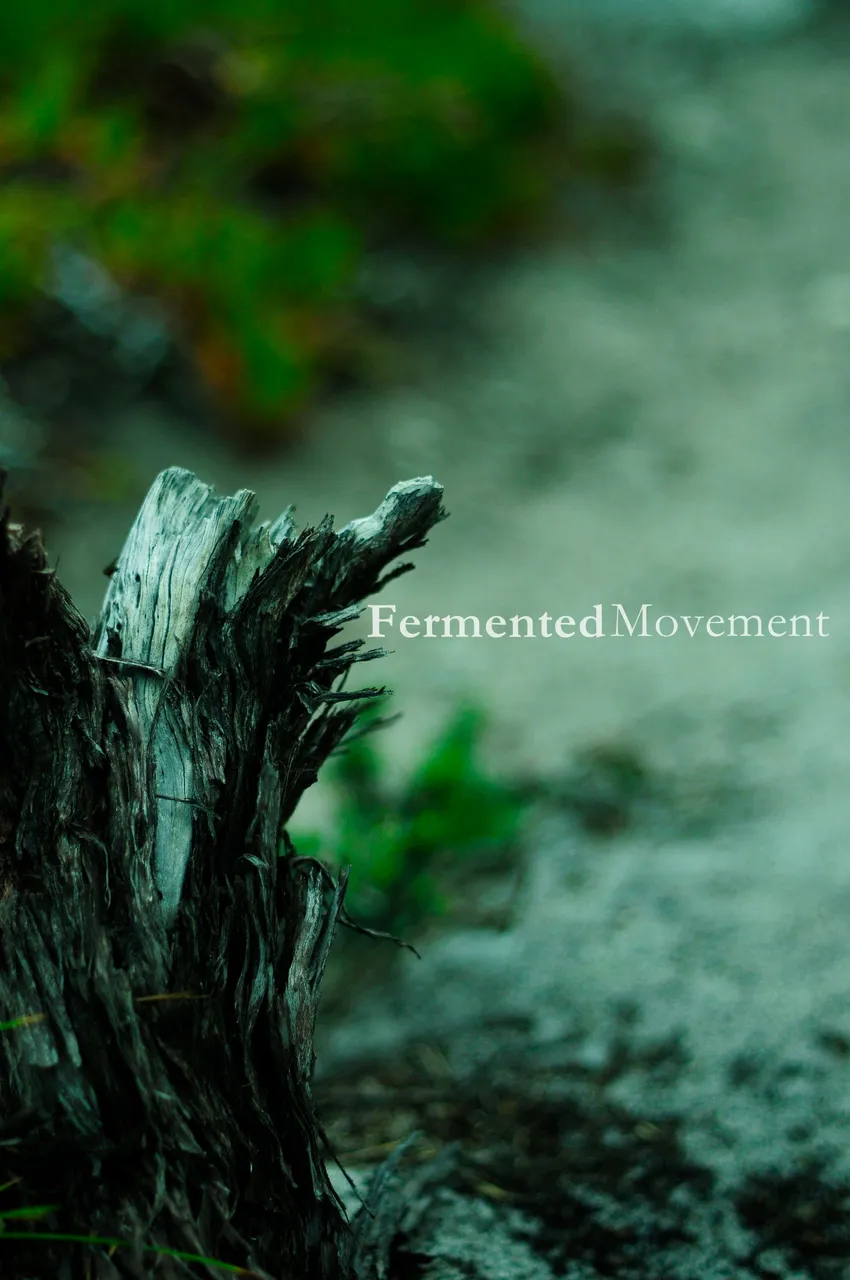
Movement vs. Stagnate: Forgetting History
To cease to move means to forget history. To move means to be in touch with the endless opportunities the future might bring.
To cease to move brings to mind the river that stagnates into still-standing water. It is ripe for diseases and other unwanted things. The moving river brings life with it; plants, animals, and potential.
To cease to move means that the past is no more and because the past is no more we lost tradition or the firm base from which we launch ourselves into the future.
To cease to move, that is, to stagnate, means that we have lost touch with our reality.
Yet another movement, or another move. The series is like a slow trickling river. There is still lifeblood in the series. The more I move, i.e., walk, the more I realize that these fossils of old plants resemble our traditions, our history, our past. Without these monuments, there is no springboard from which to launch ourselves into the future.
Youngsters, myself included, are always critical of older generations, especially those that try to uphold tradition. It brings to mind the film Fiddler on the Roof; tradition! (If you have not yet seen the movie, please do yourself a favor and watch it.) But there will always be this tension between upholding tradition (stagnant) and evolving that tradition (movement). The old will vehemently detest movement and change in their traditions, the young will vehemently detest conforming to stagnant and old traditions. But there should be a fine-tuned balance between the two. One cannot throw away tradition and one cannot stagnate into a pool of still-standing water.
Before I carry on, I do hope that you enjoy this rendition of the movement series! It is really amazing to see these monuments with their twisted and contorted movements. Please do enjoy!
Movement XIII
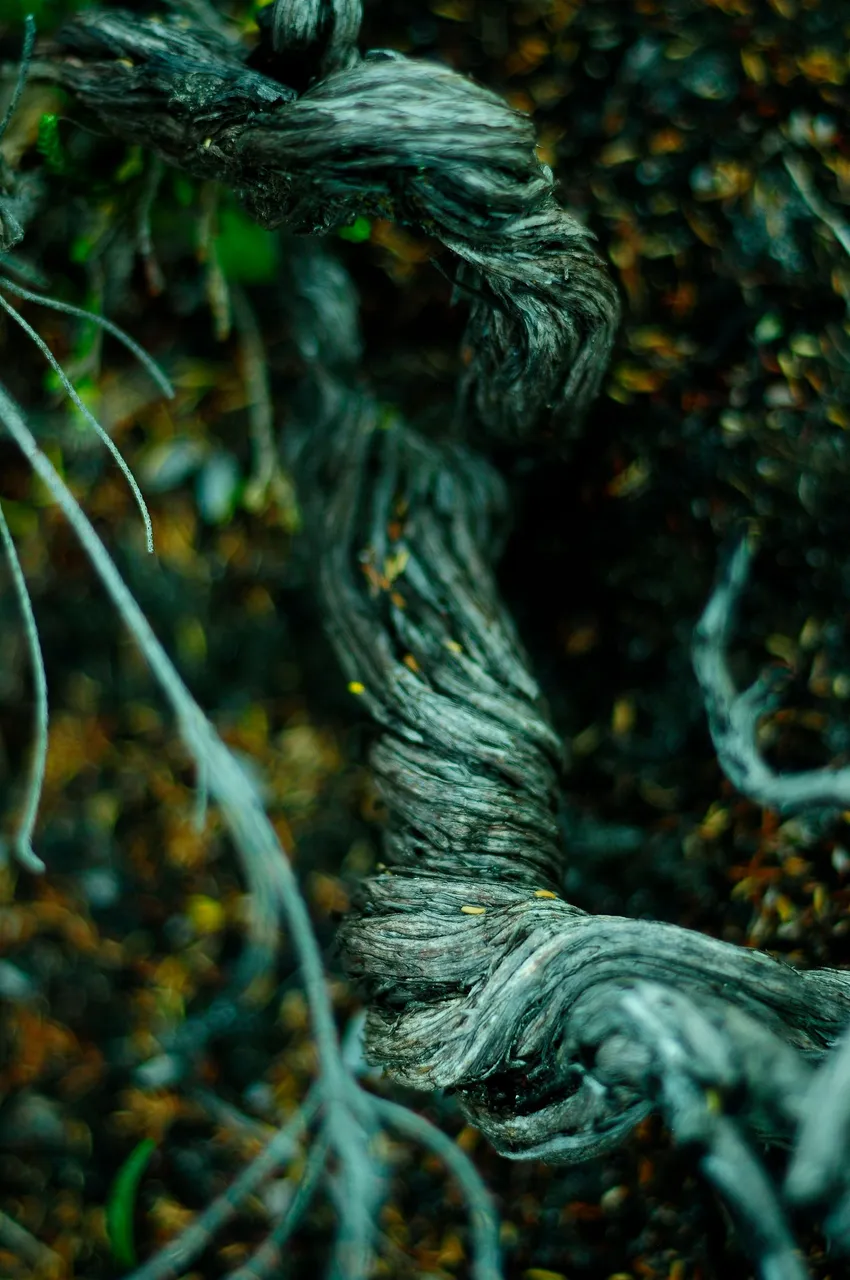

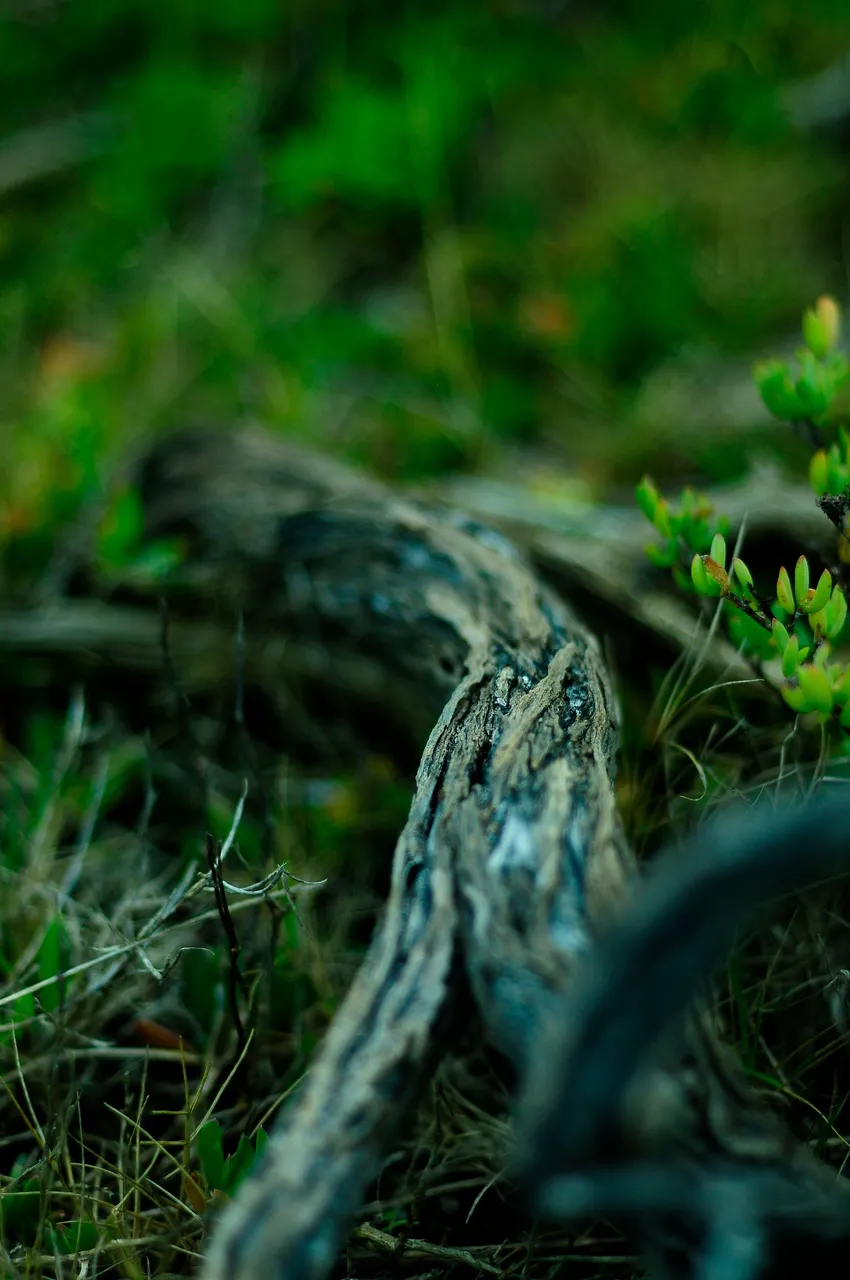

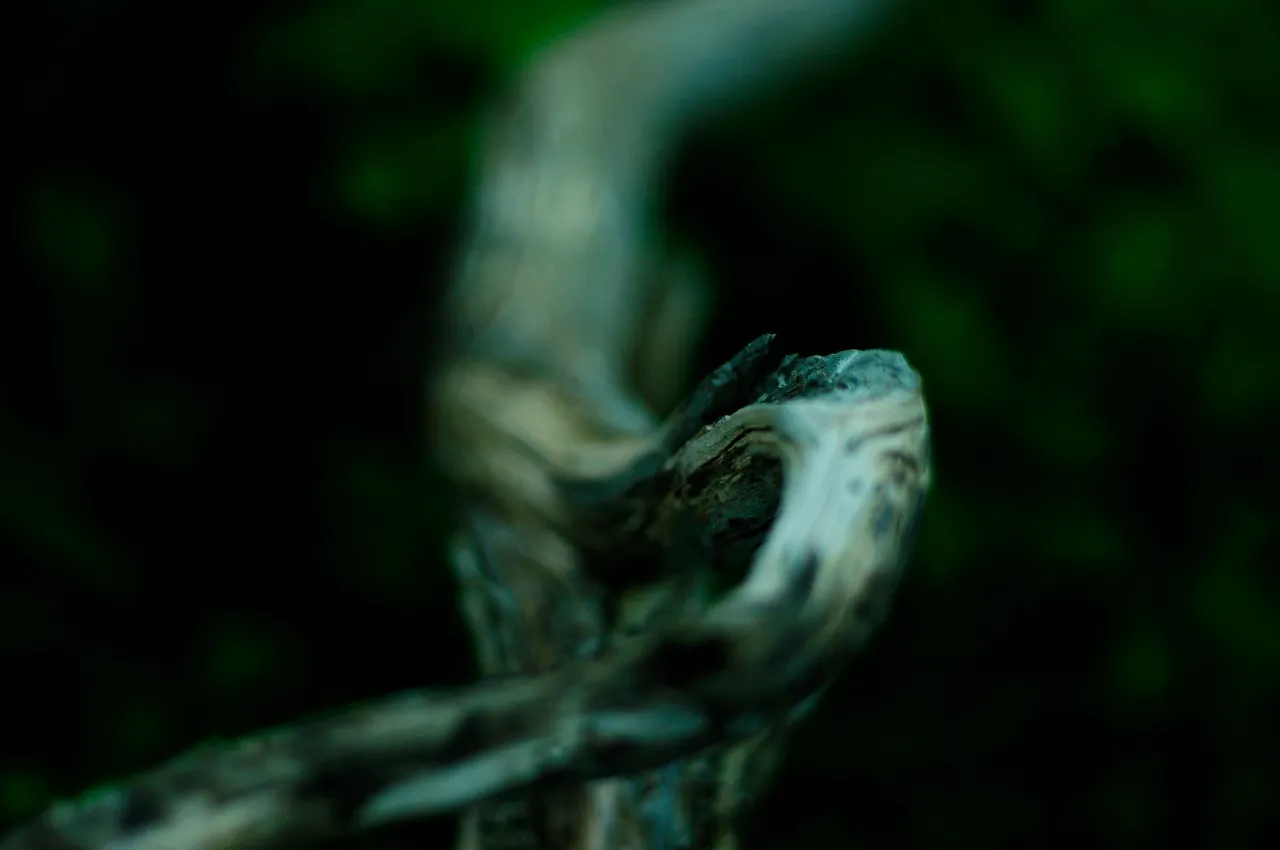
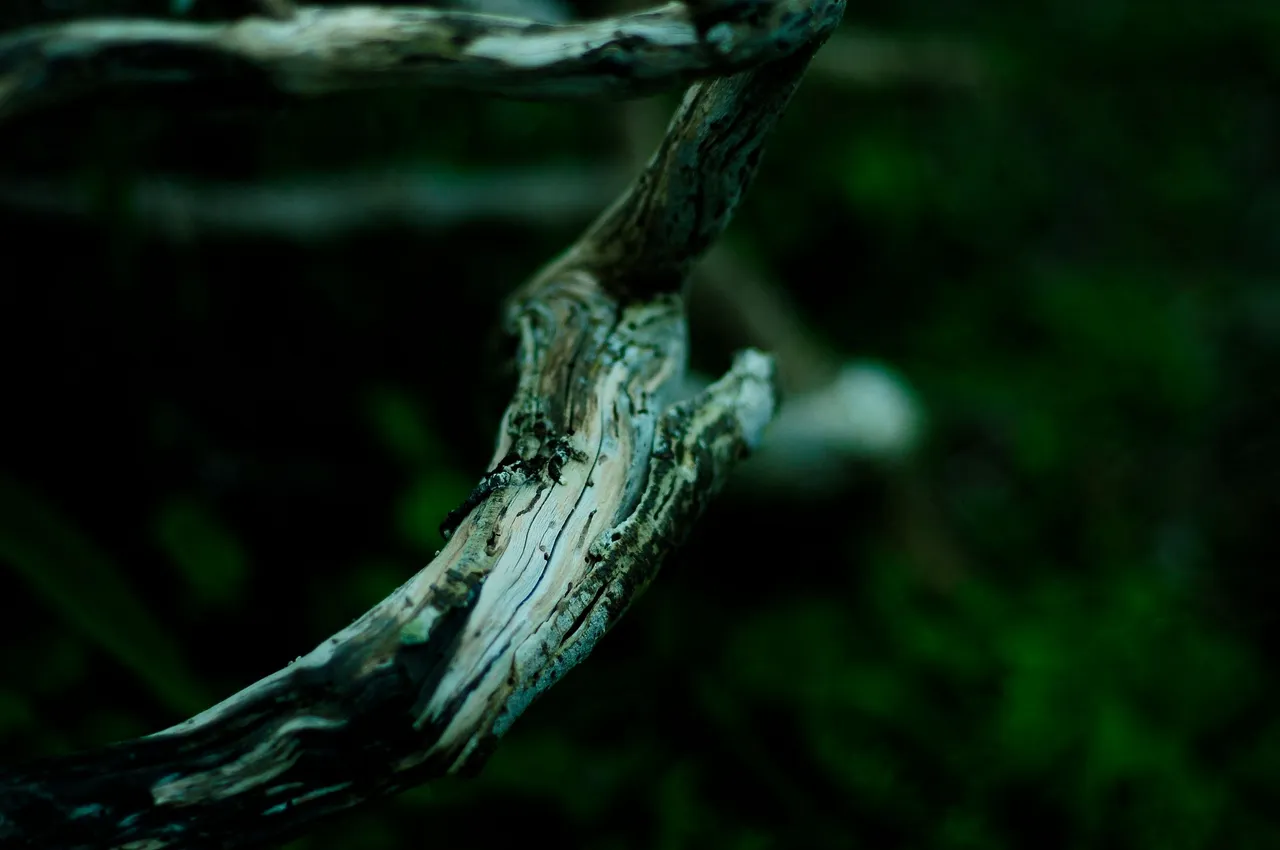

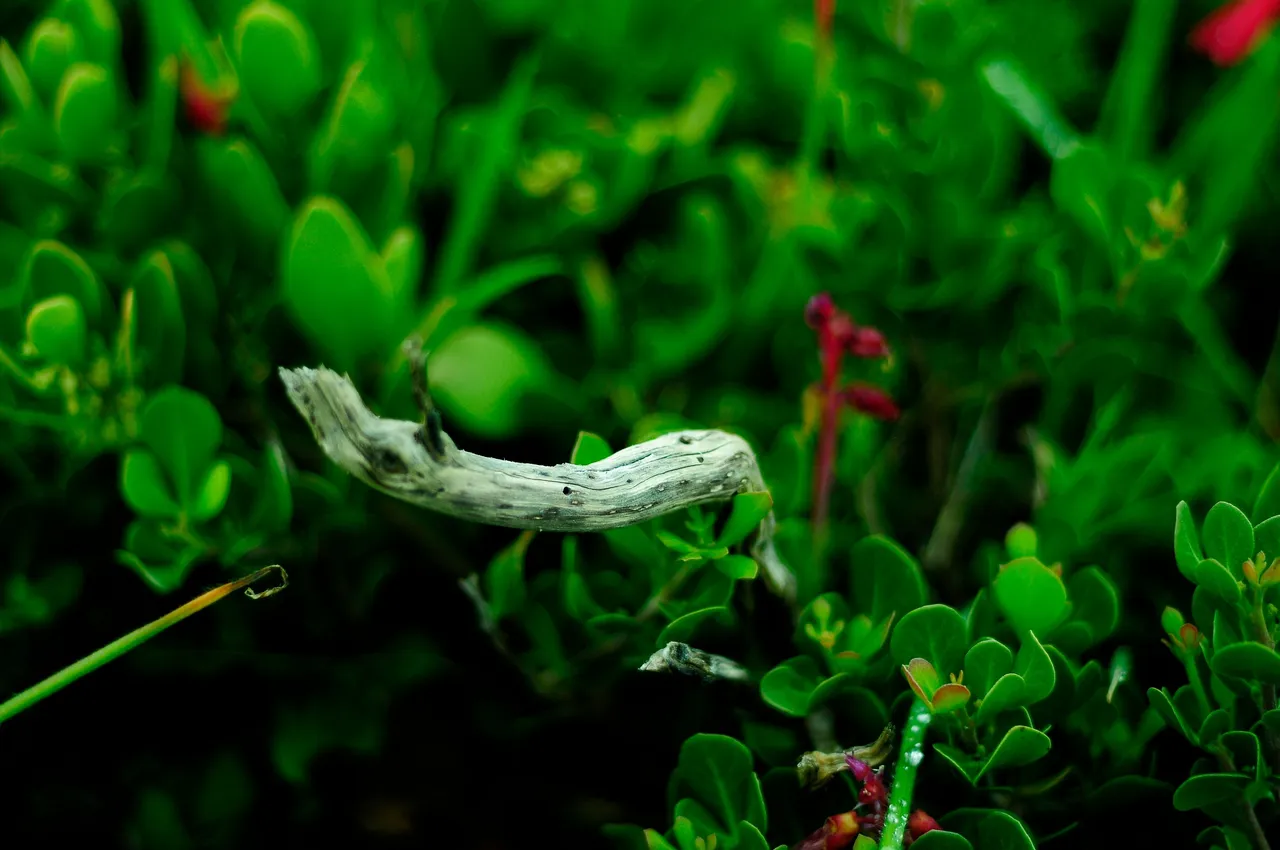
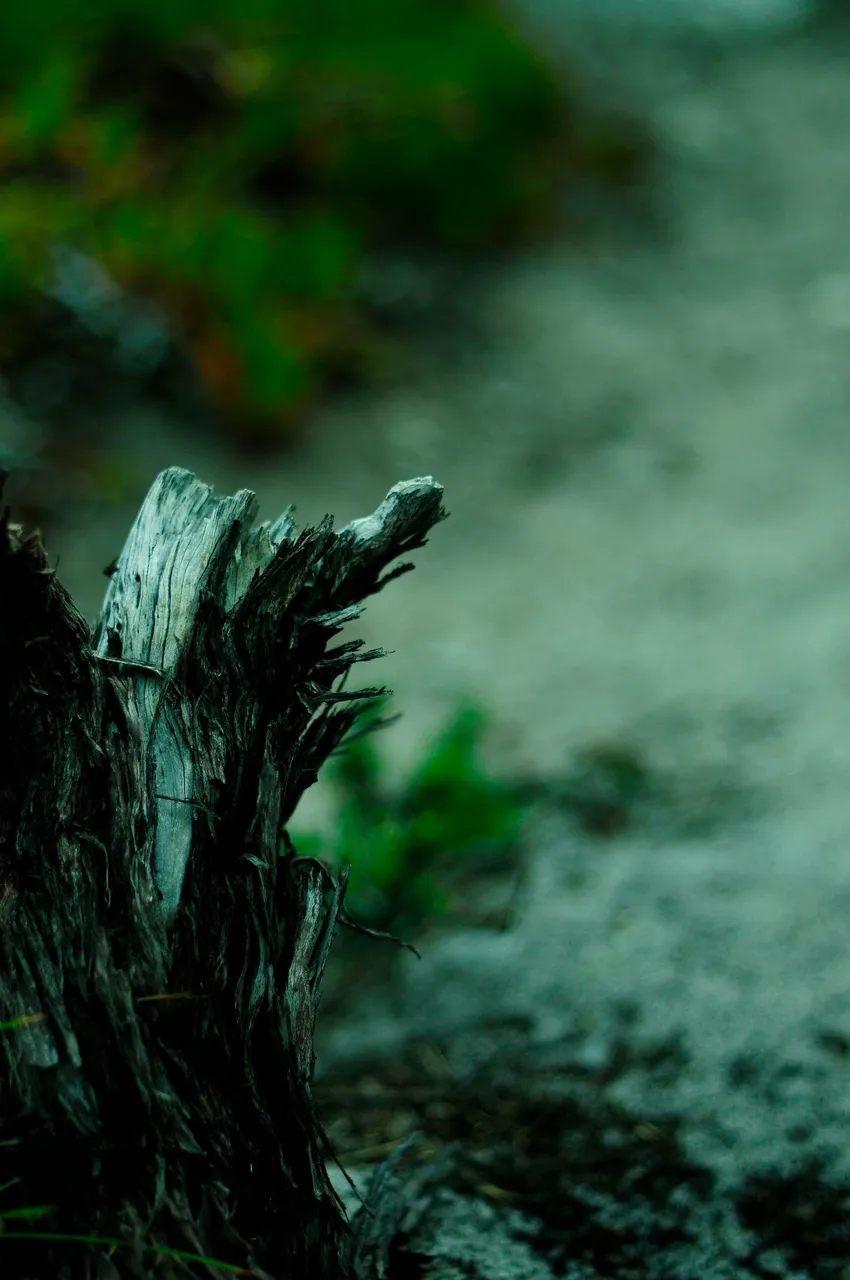

Postscriptum, Tradition as Stagnant Water or Movement as New Tradition
Modern society is characterized by mass extinctions of many things; animals, flora, languages, and cultures. We are now a "global society" and most of the "modernized" cities are devoid of tradition. Yes, there are people who carry their traditions and cultures with them, but I would argue this is merely a simulacrum. It is a copy of a copy far removed from its source. The tradition and culture of a city are that of cosmopolitanism but without multiculturalism. It is merely the coming together of many differences (the movement into the city) but the second movement is that of assimilation. Assimilation to what? To a globalized society, one with human rights and neo-liberal capitalism as religion(s) - that is if you can separate the two things. This all is seen as a movement, as moving away from one culture to the other. But this is problematic as it can be a move away from history. History is seen as necessary because we use the past as a springboard or point of departure to move into the future. Without history we are stuck.
And is this not city life? Stagnant in its own mock made-up tradition?
In any case, I hope you enjoyed these rather philosophical musings and the strange and sometimes abstract nature of these photographs. I am always excited to post one of these because it really makes me think about life and our intertwinedness with nature. We can always learn from her. (And she might be our primordial history or past.)
The musings in the post are my own. The photographs are also my own, taken with my Nikon D300 and Nikkor 50mm lens.
Happy photographing, and stay safe!